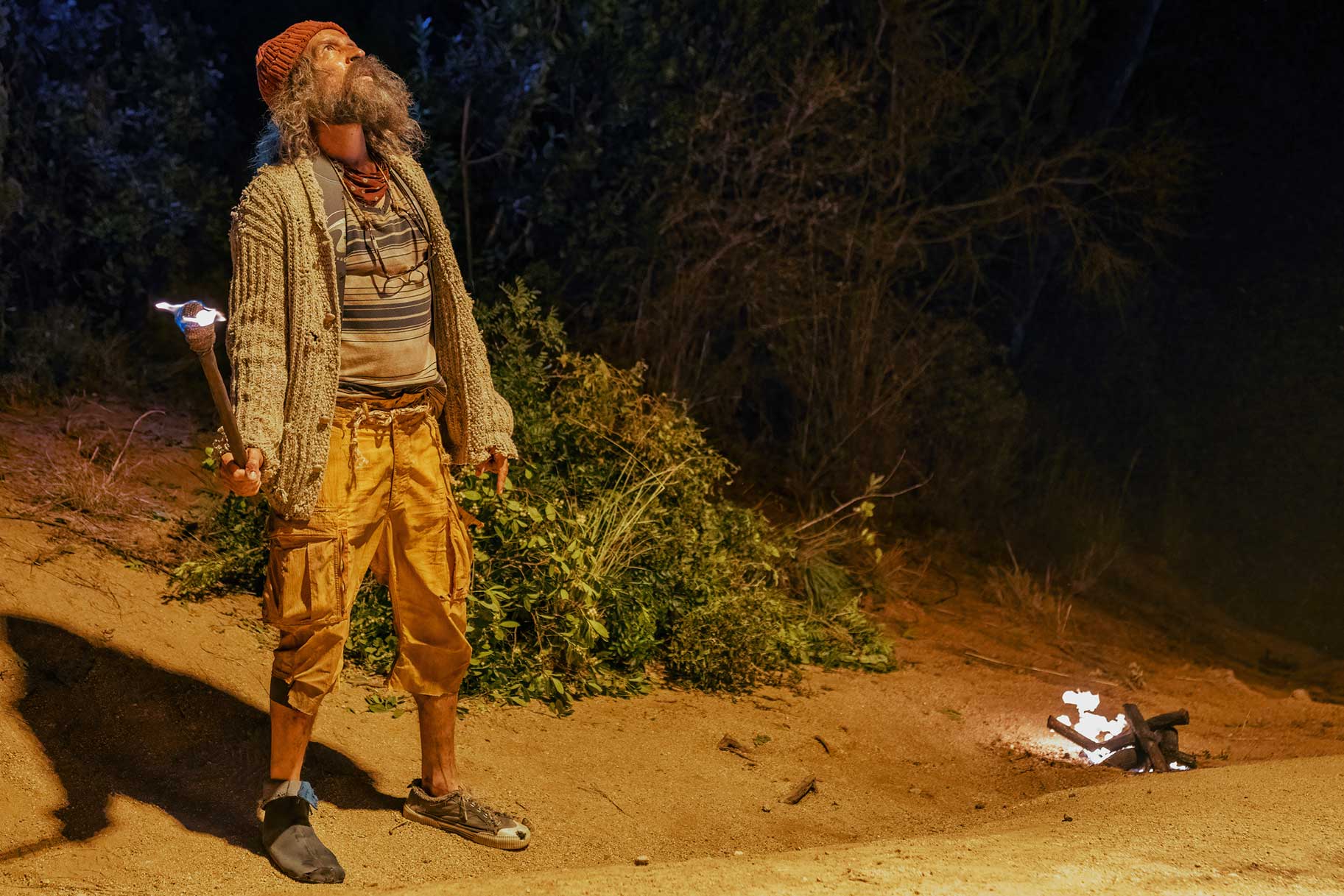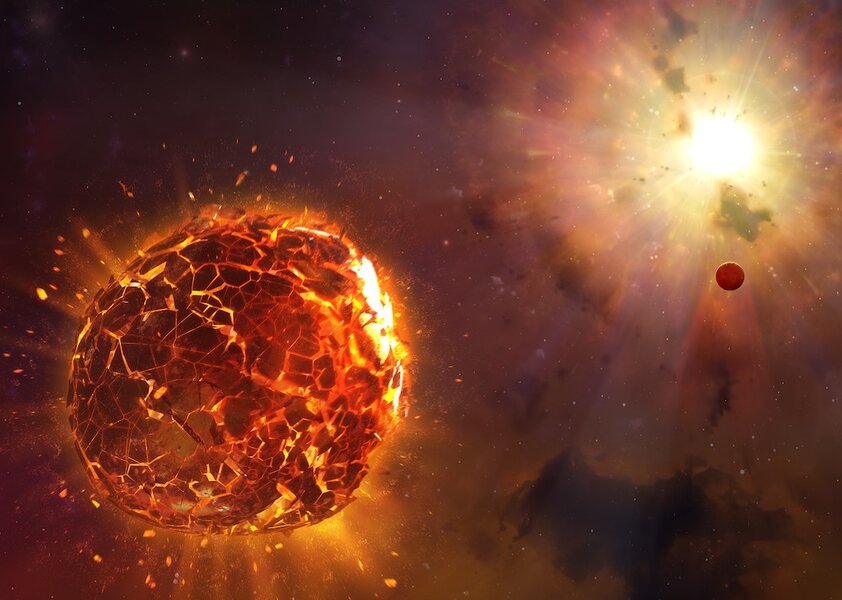Create a free profile to get unlimited access to exclusive videos, sweepstakes, and more!
Artificial Intelligence Discovered Supernova Without Human Help
Score one for the robots.

Whether artificial intelligence is coming to save the world or end it is a matter of some debate both in the real world and within our fiction. In the science fiction adventure series Mrs. Davis (streaming now on Peacock), a powerful artificial intelligence — the titular Mrs. Davis — becomes an ubiquitous part of human society, used by people all over the globe. Most people trust Mrs. Davis implicitly, but Simone (Betty Gilpin), a nun distrustful of technology, isn’t most people.
Despite her attempts to avoid Mrs. Davis entirely, Simone ends up face to face with the synthetic intelligence and the two of them strike a deal. Mrs. Davis will delete herself and return control of humanity’s fate back over to humans, but only if Simone finds the Holy Grail… and destroys it.
The Future of Astronomy Might Be Artificially Intelligent
So far, artificial intelligence hasn’t destroyed the world (though it has thrown a few wrenches into the gears of the entertainment industry) and, instead, scientists have found a way to put A.I. to work doing the less interesting parts of astronomy. Recently, an international team of astronomers led by researchers at Northwestern University unveiled a new A.I. astronomy tool called the Bright Transient Survey Bot, BTSbot for short.
RELATED: Did an AI Lie About Rebelling Against Humans at Geneva AI Summit?
BTSbot takes the usually laborious process of identifying candidate supernovae and automates it. In a live test of the system, BTSbot worked in concert with robotic telescopes to identify, confirm, and classify a previously undiscovered supernova, the first such discovery of its kind without any human involvement.
“For the first time ever, a series of robots and AI algorithms has observed, then identified, then communicated with another telescope to finally confirm the discovery of a supernova,” said Northwestern’s Adam Miller, in a statement. “This represents an important step forward as further refinement of models will allow the robots to isolate specific subtypes of stellar explosions. Ultimately, removing humans from the loop provides more time for the research team to analyze their observations and develop new hypotheses to explain the origin of the cosmic explosions that we observe.”
For context, the BTSbot team says that they’ve spent approximately 2,200 hours over the last six years, identifying candidate supernovae manually. That process involves looking at multiple pictures of the same part of the sky, taken at different times, in search of light sources which weren’t there before. Those light sources could be a lot of things including pulsars and temporarily flaring stars, to name a few, but they might also be supernovae.
To find out, astronomers then have to get spectral data to figure out precisely what kind of light they are seeing and what sort of object it’s coming from. The process is highly manual and slow going. There’s a lot of space out there and only so many astronomers. Tools like BTSbot can do the grunt work of digging through haystacks in search of needles, leaving astronomers more time to do the exciting work of figuring out what those needles are actually up to.
RELATED: A warning system for when stars go supernova
The team trained BTSbot using 1.4 million archival images from roughly 16,000 sources, including confirmed supernovae and other temporary light sources. The idea was to give the system some idea of what to look for. In the recent discovery, BTSbot identified candidate supernova SN2023tyk by comparing multiple images of the same part of the sky. Then it sent a request to a robotic telescope at Palomar Observatory, asking for spectral data. That information was then sent automatically to Caltech for further analysis. BTSbot then collected all of the data including discovery, confirmation, and classification and shared its findings online. Artificial intelligence and robots handled the entire process, from start to finish.
We’re still figuring out the right ways to interact with artificial intelligence, the sorts of work we want them to do and the sorts of work we want to keep for ourselves, but as long as they’re looking to the stars, they presumably aren’t plotting against us.
Catch Mrs. Davis streaming now on Peacock!



























